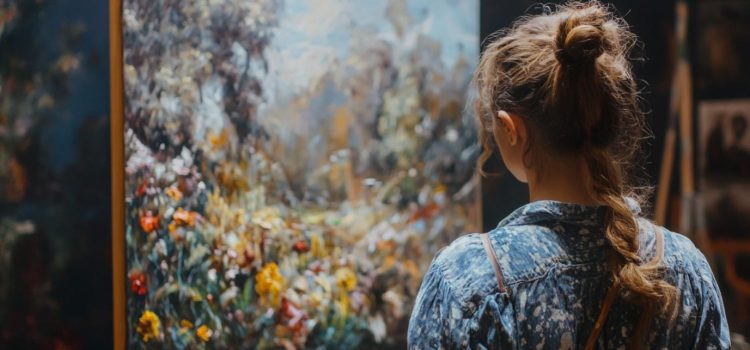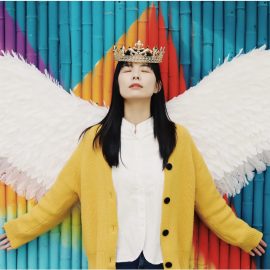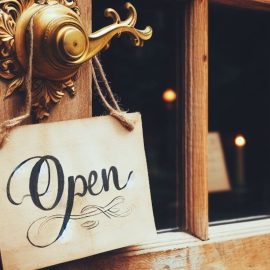
Do you draw inspiration from many artistic influences? Why does Questlove think that you should limit your influences?
Questlove, a four-time Grammy winner and The Roots co-founder, writes in his book Creative Quest that you should cut down on the noise and limit your creative influences. He shares two tips on how to select the right ones.
Continue reading to learn how to narrow down your influences.
Limit Your Artistic Influences
Although it’s important to know where to find ideas to influence your work, Questlove suggests you draw artistic inspiration from only a few select sources. He explains that having too many ideas and influences can make your work less original and impactful. Unlike artists from the past who had limited sources of inspiration, we can access millions of songs, books, videos, and artwork with a few clicks. This easy access creates a problem—when we can quickly find any answer or idea we want, we don’t spend time thinking deeply about our work or coming up with original ideas.
(Shortform note: In The Paradox of Choice, Barry Schwartz explains that having too many choices causes us stress and makes us indecisive. In the creative context, if you look at too many sources of inspiration, you might feel overwhelmed instead of inspired. To avoid this problem, give yourself some limits by setting rules and standards. Rules are automatic decisions you make in advance, like limiting yourself to one decade of music when looking for composition inspiration. Setting standards means filtering options into acceptable and unacceptable categories—like deciding to only draw inspiration from artists who emphasize storytelling in their works and skipping those focused purely on technical skill.)
Questlove offers two tips to cut down on the noise and be selective about creative influences:
1. Sort your ideas. Keep what you need right now, store good ideas that don’t quite fit for this project for later, and discard what doesn’t fit. When choosing influences, trust your gut feeling. You don’t need to fully understand why a piece of music or art moves you—what matters is that it sparks ideas. For example, you can create a painting inspired by the visual appearance of a mechanical device, even if you don’t understand the device’s function.
(Shortform note: You can consider productivity expert Tiago Forte’s digital external storage system (ESS), which can help you sort ideas and influences as Questlove suggests. In Building a Second Brain, Forte divides this system into six areas: an inbox for initial collection, a management folder for active tasks, a current goals folder for ongoing projects, an ongoing engagements folder for regular commitments, a topics-of-interest folder for potential future projects, and a hold folder for completed or paused work. This allows you to quickly capture information that resonates with you without having to organize it immediately—you can sort it properly later when you have time to reflect on how best to use it.)
2. Identify everything you don’t want to be as a creator. Questlove argues that it’s easier to define what you’re not than it is to try to define what you are. For example, it’s often easier to say “I don’t want my music to sound like heavy metal” than to explain exactly what sound you want. By ruling out what doesn’t fit, you can focus on developing work that truly feels like you. This helps you branch out from others and create something genuine and original.
| Why Preferences Can Be Misleading When developing your creative style, you might think you know right away what you like and don’t like. However, according to Malcolm Gladwell in Blink, these quick decisions about our preferences are often wrong for three reasons: First, we’re influenced by irrelevant factors like packaging and presentation. Second, we often reject new things simply because they’re unfamiliar. Third, without enough knowledge about our field, we can’t accurately explain why we like what we like. When we try to rationalize our preferences without true expertise, we often make up false reasons that lead us further from understanding our authentic tastes. So, before deciding on your creative style, spend time learning about your field. This knowledge will help you make better choices about what truly speaks to you. |






